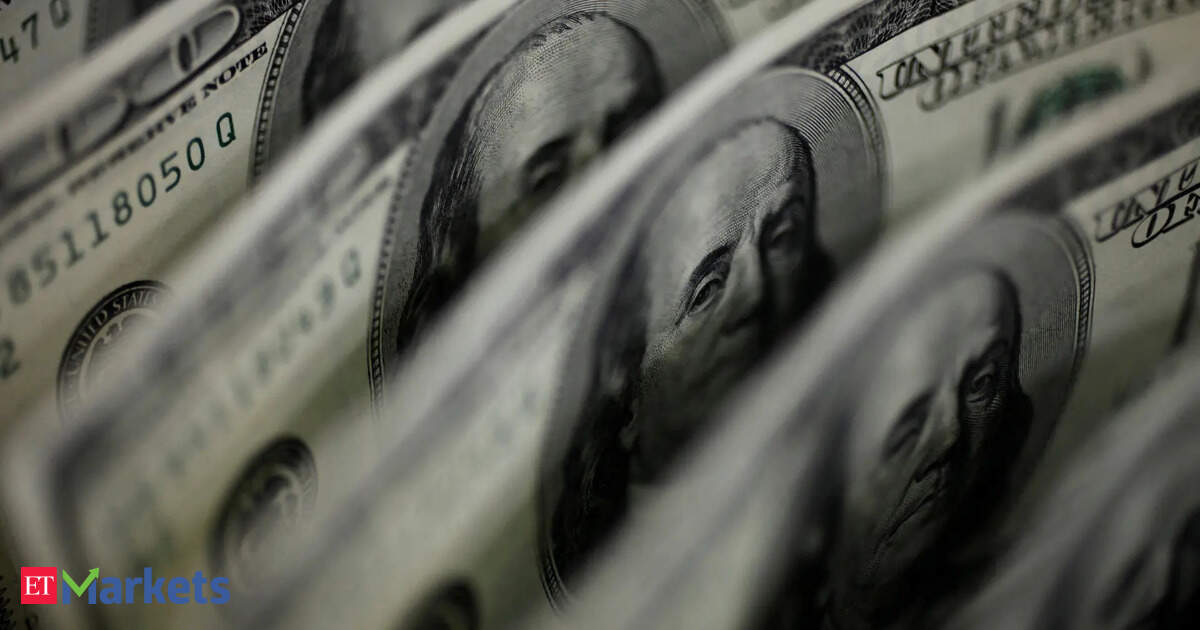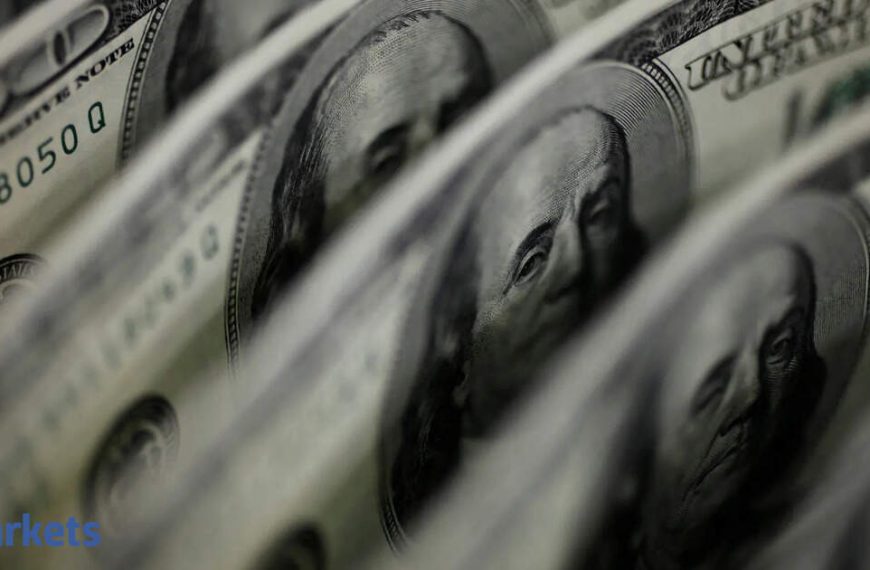On Thursday, the U.S. dollar experienced a significant decline as the markets reacted to President Donald Trump’s unexpected announcement regarding tariffs. While the euro remained stable, investors rushed towards safe-haven currencies such as the Japanese yen and Swiss franc. This market shift reflects increasing concerns over potential repercussions from the newly proposed tariffs aimed at major global trading partners.
Trump’s Tariff Strategy
President Trump revealed plans to implement a 10% baseline tariff on all imports, alongside higher duties targeting some of the U.S.’s largest trading partners. These tariffs, set to commence on April 9, could impact approximately 60 countries. This announcement comes on top of existing tariffs imposed on aluminum, steel, and automobiles, particularly affecting goods from China. The escalation of these tariffs has raised fears of an all-out trade war, which could lead to a significant slowdown in the global economy.
- Key Points:
- 10% tariff on all imports.
- Additional duties on major trading partners.
- Effective date: April 9.
- Targets 60 countries.
Kyle Rodda, a senior financial market analyst at Capital.com, noted, "Markets are adopting a risk-off approach, anticipating slower global economic growth."
Currency Reactions
In response to the tariff news, the Australian dollar dropped by 0.5%, trading at $0.6268, while the New Zealand dollar fell 0.26% to $0.5730. Investors are flocking to traditional safe havens, which has strengthened the yen by almost 1%, bringing it to 147.99 per dollar. Similarly, the Swiss franc improved to 0.8787 per dollar.
John Hardy, chief macro strategist at Saxo Bank, stated, "The Japanese yen will undoubtedly be favored in safe-haven trades following this announcement." He also highlighted that Treasuries, especially in the short end of the yield curve, are likely to be safe investments during this tumultuous time.
Euro and Other Currency Movements
Initially, the euro saw a surge after the tariff announcement, climbing 0.43% to $1.0875 during early Asian trading hours. The British pound also saw a modest increase of 0.28%, reaching $1.3047. According to Rodrigo Catril, a senior currency strategist at National Australia Bank, the euro’s strength is likely due to Europe’s focus on mitigating the economic impact of U.S. tariffs rather than retaliating.
In contrast, the offshore yuan in China fell to a one-month low following the news. The Mexican peso also weakened by 0.25%, trading at 20.2520 per dollar. Notably, Canada and Mexico—two of the U.S.’s largest trading partners—will not face additional tariff increases under this latest announcement, as they are already subject to 25% tariffs on various goods.
Federal Reserve Expectations
The market’s reaction to the tariffs has led traders to increase their expectations of interest rate cuts from the Federal Reserve. Many now anticipate at least three rate reductions this year, with a fourth cut becoming more likely as the year progresses.
In summary, the newly imposed tariffs by President Trump have created ripples across global markets, prompting a flight to safety among investors and altering expectations regarding future economic policies.











